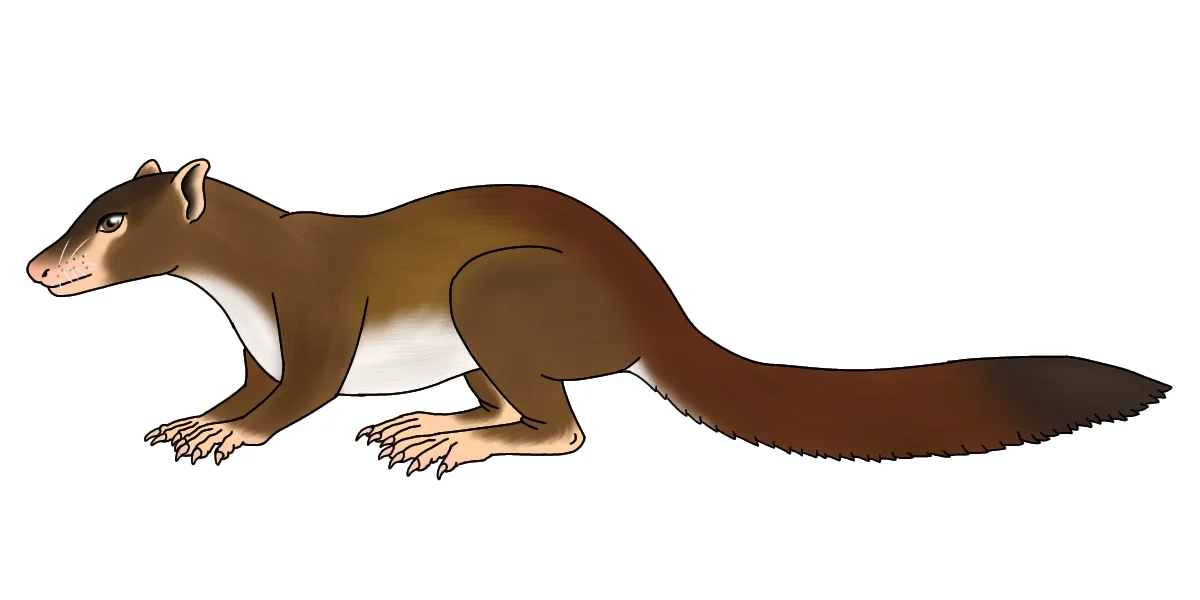Until now, it was believed that the ancestors of primates led a solitary lifestyle. Using statistical analysis of species living today, an international team of scientists concluded that this was not the case, and that most of our distant ancestors lived in pairs.
Understanding the social evolution of primates plays a major role in understanding the organization of human societies. Previous studies have shown that the ancestors of primates about 70 million years ago were small, nocturnal, arboreal animals that led a solitary lifestyle. It is believed that these animals switched to pair and group organization at much later times.
The conclusions were drawn based on the study of ancestral forms of so-called wet-nosed, lower primates, or strepsirrhines (Strepsirin) is a suborder of currently living primates that includes lemurs, lorises, and their relatives. They diverged from the common ancestor of plesiadapiforms (Plesiodapiformes) – extinct basal group called panprimates – earlier than monkeys or dry-nosed primates (haplorhini), includes humans. By studying the oldest group of wet-nosed primates, scientists are trying to determine the social behavior of the common ancestor of all primates.
However, strepsirrhines still remain an understudied group of animals. In contrast to previous studies, recent studies provide increasing reason to think that lower primates are much more social than previously believed. The fact is that the social organization of primates varies greatly not only between species but also within species. Previous studies were statistically constrained by assigning one type of social organization to each species; only interspecific rather than intraspecific variability was taken into account.
Scientists from the universities of Strasbourg (France), Zurich (Switzerland), Tennessee (USA) and Witwatersrand (South Africa) conducted an analysis of field studies on living primates today and examined 493 populations of 215 species, including variations within them. In doing so, the group created the most accurate database of primates to date. After that, scientists supported this information with statistical analysis and the results were presented in the journal PNAS.
Based on the data obtained, they concluded that the social organization of primate ancestors was likely variable. Most lived in pairs 70 million years ago, and only 10 to 20 percent of the population were solitary.
Scientists believe that the social organization of primates is influenced by body size and activity patterns. As in other mammals, the paired lifestyle of primate ancestors is closely related to their small size. Paired coexistence is generally more beneficial from an evolutionary perspective; It facilitates reproduction, reduces competition between the sexes, and helps keep each other warm.













